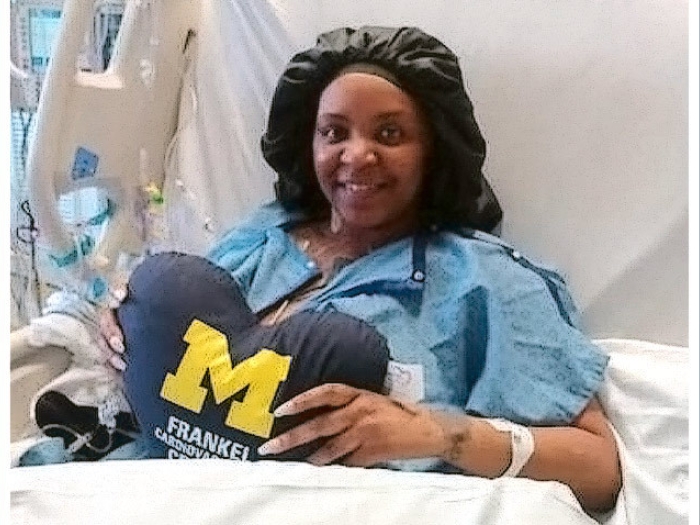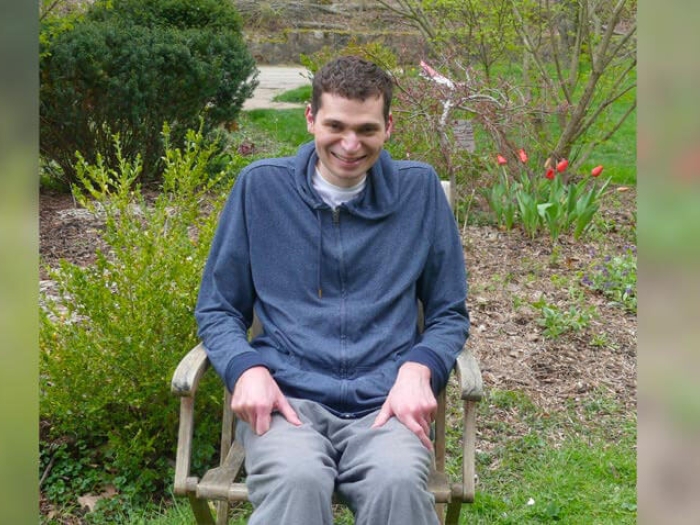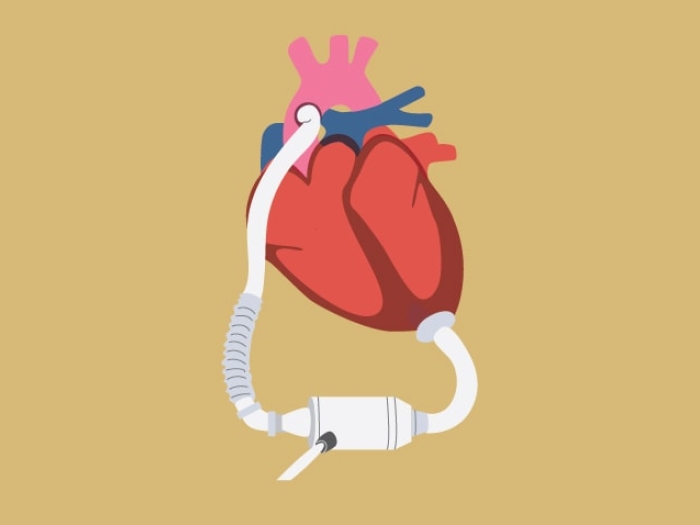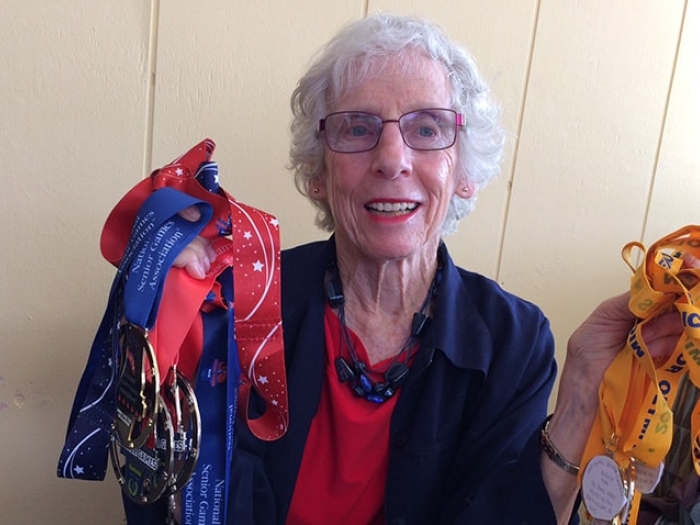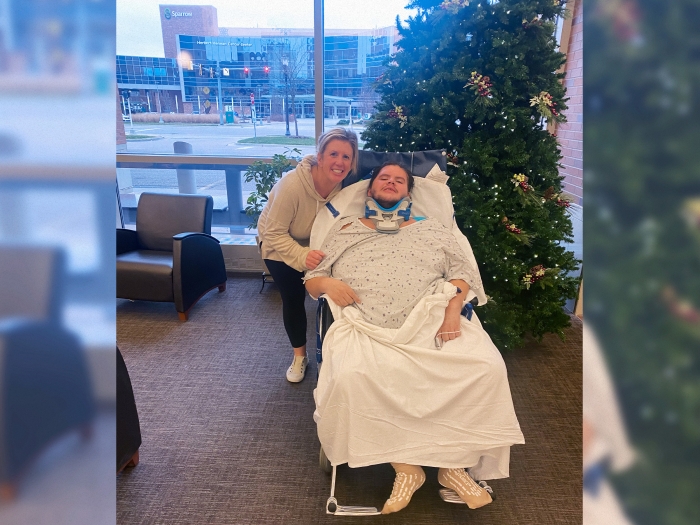Knowing how to operate and care for a ventricular assist device doesn’t just give patients confidence to leave the hospital. It also allows them to adjust to home life.
7:00 AM
Author |

More than 5 million people in the United States are living with heart failure, and 600,000 new cases are diagnosed each year, according to the American Heart Association.
MORE FROM MICHIGAN: Sign up for our weekly newsletter
Patients with advanced stages of heart failure often require more than medication to treat the disease, including a ventricular assist device, or VAD, which does the work of the heart to pump blood throughout the body.
A surgically implanted pump attached to the heart, this lifesaving device is connected via cord (known as a driveline) that exits the body near the abdomen to an external power source.
Knowing how to adapt to life with a VAD is crucial for patients.
Eddie Craig can attest. Treated at the University of Michigan Frankel Cardiovascular Center, he's grateful for his VAD, which he says is keeping him alive.
Craig, 27, who is awaiting a heart transplant, says a key component during the interim has been specialized support from a Frankel CVC team that works with VAD patients.
"The U-M team did a wonderful job explaining my VAD," says Craig, whose device was implanted in February 2016. "I was confident that I could manage it after leaving the hospital."
Comprised of nurses and advanced practice providers, the VAD team is tasked with helping patients understand every aspect of the device, says program coordinator Caty Johnson.
"The VAD team also consists of social workers who are sometimes involved to ensure a patient has the necessary support upon leaving the hospital," she notes.
Lifesaving lessons
Depending on the patient's condition, a VAD can be used in two ways: as a bridge to transplant or as destination therapy.
SEE ALSO: Living for Years Without a Heart Is Now Possible
A bridge to transplant means a VAD is implanted to help a patient survive until a suitable heart becomes available for a transplant. With destination therapy, the VAD is implanted to provide long-term support for patients who aren't transplant candidates.
In either case, says Johnson, "our VAD team explains the many nuances involved with the device."
Those details include:
-
Ensuring the patient's home is equipped with electrical outlets that will accommodate a VAD
-
Contacting the electric company to make sure the electricity is never shut off
-
Contacting health care systems near the patient to make sure they are educated in emergency situations involving a VAD patient
Education begins before the VAD is implanted, notes Johnson. The patient and caregiver must be able to complete a list of tasks before discharge.
Among them:
-
Changing VAD batteries
-
Controlling VAD alarms and troubleshooting other issues
-
Caring for the driveline — an area that needs to be kept clean to prevent infection
-
Monitoring a Doppler blood pressure reading each day
Over time, weekly checkup calls to patients can be scaled back to monthly if a patient is doing well. "We also have a 24-hour emergency telephone line, which helps patients feel more confident," Johnson says.
Spreading the word
The U-M team also trains emergency responders to care for VAD patients.
"Our team is committed to educating those in the hospital and in the community to help improve outcomes for patients," says Johnson.
After all, the need for VAD support is greater than ever: The patient population is growing and VAD recipients are living longer.
Michigan Medicine currently has 161 VAD patients, with four patients living 10-plus years and 35 patients living more than five years with the device.
"Our VAD team is very invested in the future of our patients," says Johnson. "They are highly involved in research to offer the most advanced technologies. They're passionate about improving the lives of VAD patients."
Photos by Leisa Thompson

Explore a variety of healthcare news & stories by visiting the Health Lab home page for more articles.

Department of Communication at Michigan Medicine
Want top health & research news weekly? Sign up for Health Lab’s newsletters today!
